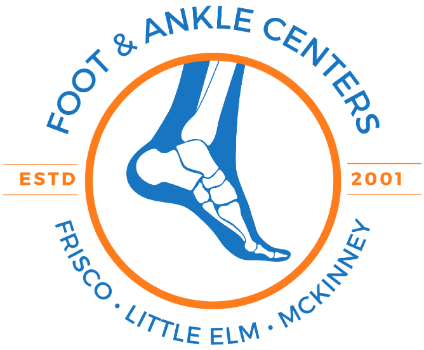Complex Regional Pain Syndrome (CRPS), also known as reflex sympathetic dystrophy (RSD), is a chronic pain condition that typically affects the extremities such as hands, arms, feet, or legs. It is characterized by prolonged and intense pain, along with various other symptoms. While CRPS can occur in individuals of any age and gender, it is more commonly seen in women between the ages of 40 and 60.
The exact cause of CRPS is not well understood, but it often develops after an injury or trauma to the affected area. The condition is believed to result from an abnormal response by the central and peripheral nervous systems, leading to inflammation and changes in the blood vessels and skin. The pain experienced in CRPS is often described as burning, throbbing, or stabbing, and it can be severe and constant, sometimes with spontaneous worsening.
Besides pain, individuals with CRPS may also experience other symptoms, including:
- Extreme burning or throbbing pain
- Increased sensitivity to touch
- Swelling or inflammation
- Changes in skin temperature, color, or texture
- Limb weakness or loss of movement
- Muscle spasms
- Loss of range of motion
Diagnosis of CRPS can be challenging as there is no specific test available for it. Doctors typically rely on a combination of medical history, physical examination, and evaluation of symptoms to make a diagnosis. Imaging tests like X-rays, bone scans, or magnetic resonance imaging (MRI) may be performed to rule out other conditions or detect changes in the affected area.
If left untreated, symptoms can become more severe and create more widespread medical complications. Early intervention and comprehensive, interdisciplinary treatment tend to offer the best chances for managing CRPS effectively and minimizing its impact on daily life. However, it is important to note that CRPS can be a chronic condition that may not fully resolve in all cases.
Overall, while CRPS can affect people of any age and gender, it is more frequently observed in women between the ages of 40 and 60. Understanding the symptoms and seeking


Leave a comment
0 Comments